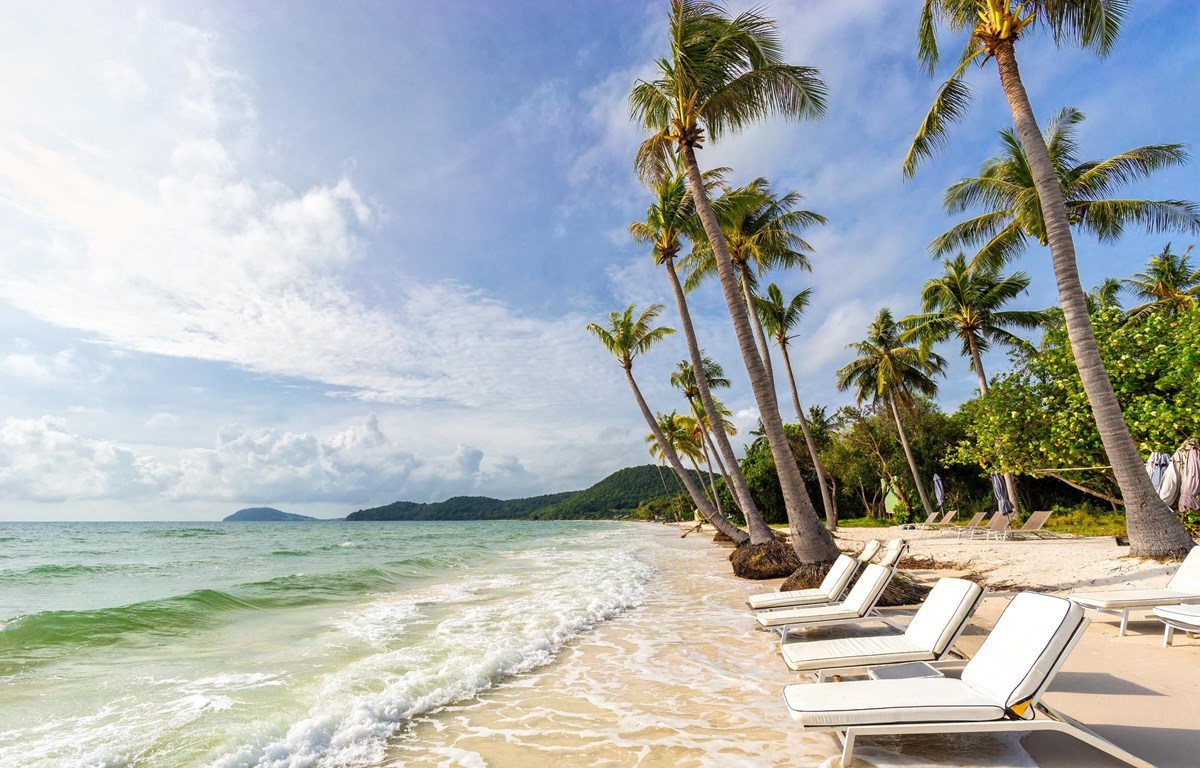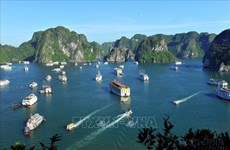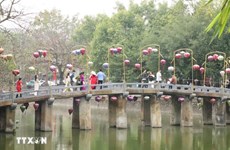Niche tourism products – a solution to tourism recovery


Hanoi, (VNA) – The slow tourism trend and niche tourism products are becoming more popular in the world more than two years into the COVID-19 pandemic, and in the new context, smart tourism focusing on quality instead of quantity, experts said at a recent global summit on community-based tourism.
Niche products come under spotlight
Prof. Jafar Jafari, Founding Editor of Annals of Tourism Research: A Social Sciences Journal and Professor of Hospitality and Tourism at the University of Wisconsin-Stout, the US, has concluded on the seven “S” for the tourism industry after the pandemic, which are Safety, Security, Sanitation, Service, Sympathy, Small, Sustainability.
It is noteworthy that slow tourism is becoming a popular trend, particularly among the group of elderly senior tourists, he said, urging more attention to this group and the real value of slow tourism.
 Travelling to the countryside for “slow life” (Photo: VietnamPlus)
Travelling to the countryside for “slow life” (Photo: VietnamPlus)Tourism experts at the global summit pointed out many lessons drawn from the pandemic, which has created a deep impact on and forced changes in tourism products to adapt to the new circumstances. The next period will be the era of niche tourism products such as culinary tourism, health/wellness/spa tourism, bicycle tourism, music/yoga tourism, eco-tourism, agriculture/farm/village tourism and senior tourism.
However, in the post-pandemic recovery period, the tourism sector in most countries, are facing overloading. Destinations and communities there need more time to enhance their service quality from infrastructure to service skills. When the volume of tourists decline and stabilize, the quality of tourism will improve.
Overtourism is not measured by the millions of tourists, but the ability to cope with the flow of tourists of the community in destinations, Prof. Jafari said, adding that any excess beyond the coping ability of the community means overtourism.
Global solutions sought for tourism recovery
According to statistics of the UN World Tourism Organisation (UNWTO), in the first three months of 2022, the number of international travelers increased by 182% compared to the same period in 2021. All markets showed signs of recovery in the first quarter of this year, with Europe posting the strongest recovery and the Asia-Pacific the most laggard.
As of June 10, 2022, only 49 countries fully opened their border and lifted all COVID-19-related restrictions, including Vietnam.
Harry Hwang, Deputy Director, Regional Department for Asia & the Pacific of the UNWTO, forecast that tourism could recover to 50-70% of the pre-pandemic level in 2022. A survey by UNWTO revealed that about half of tourism experts in the world expect the tourism sector will recover to the 2019 level in 2023.
The UNWTO has implemented many activities and measures to mitigate the impact of the pandemic and stimulate post-pandemic recovery. The prioritized measures included establishing a UNWTO Global Tourism Crisis Committee, which endorsed UNWTO’s Global Guidelines to Restart Tourism, and an action plan focused on the Priorities for Tourism Recovery.
The UNWTO has collaborated with the International Air Travel Association (IATA) to build the Destination Tracker, which is a new free online tool for governments to provide information on COVID-19 requirements for travel and the measures in place at the destination.
The organisation also encouraged countries to build reports on technical assistance for post-pandemic tourism recovery and orientations for development based on current trends.
Prof. Jafar Jafari recommended that to restore and develop tourism, countries and destinations should pay attention to re-building hospitality, listen to local communities’ opinions, focus on quality instead of quantity of visitors, and care for the satisfaction of local communities just like for that of tourists./.












